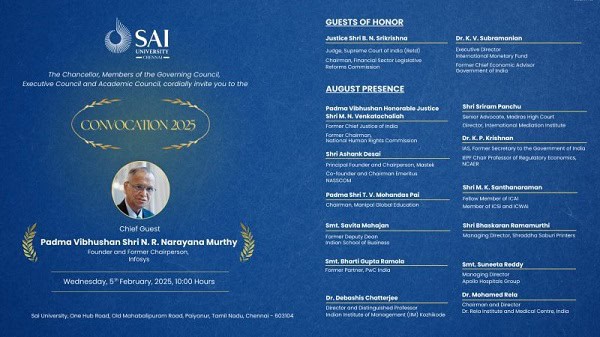
In the dynamic world of stock trading, understanding the costs associated with your transactions is crucial for informed decision-making. As we navigate 2025, with increasing market participation and evolving trading platforms, brokerage calculators have become valuable tools for traders seeking to understand potential expenses. These tools offer a way to explore estimated brokerage fees, taxes, and other charges, empowering traders to analyze the potential cost implications of their trading activity.
Understanding Brokerage Calculators: Exploring Potential Trading Costs
A brokerage calculator is a tool that can be used to estimate the potential total cost of stock market transactions. It considers factors such as the type of trade (intraday or delivery), trading volume, stock price, and brokerage fee structures. By inputting these details, the calculator can generate a preliminary estimate of brokerage charges, applicable taxes (like STT), and other transaction charges. This can help traders explore the potential impact of these costs on their trading activities. It’s crucial to remember that these are estimates, and actual costs may vary.
Why Understanding Trading Costs is Important in 2025:
- Cost Awareness: In today’s trading environment, understanding potential costs is important. A brokerage calculator can be used to compare potential fee structures. However, it’s important to note that calculator results are estimates, and actual brokerage fees may vary.
- Informed Decision-Making: Before executing any trade, it’s prudent to consider the associated costs. A brokerage calculator can provide a preliminary estimate of expenses, allowing traders to explore the potential cost implications of a trade. Confirming final brokerage charges with your broker before executing the trade is essential.
- Trade Analysis: Whether you’re a frequent trader or a long-term investor, understanding potential trading costs is important. A brokerage calculator can be used to analyze estimated brokerage costs and other charges. However, these are estimates, and actual costs may differ.
- Transparency: Brokerage fee structures can be complex. A brokerage calculator can be used to explore potential charges. Consulting your brokerage firm’s fee schedule for the most accurate and up-to-date information is essential.
- Adapting to Market Dynamics: The stock market is constantly evolving, and brokerage firms may adjust their fee structures. It’s your responsibility to stay informed about the latest fee structures from your brokerage firm.
Using a Brokerage Calculator: A Step-by-Step Guide
Using a brokerage calculator typically involves the following steps:
- Find a reputable financial website or platform that offers a brokerage calculator.
- Input the following information:
- Type of Trade: Select whether you’re making an intraday trade or a delivery trade.
- Trading Volume: Enter the number of shares you plan to buy or sell.
- Stock Price: Enter the current market price of the stock.
- Brokerage Firm: Select your brokerage firm from the list (or enter the brokerage fee details if not listed).
- Click the “Calculate” button.
- The calculator will generate a preliminary estimate of the brokerage charges, STT, other transaction charges, and the potential total cost of the trade.
Understanding Trading Costs:
Understanding potential trading costs is an important aspect of participating in the securities markets. It is strongly recommended to consult with a qualified financial advisor before making any investment or trading decisions.
Disclaimer: The results provided by any brokerage calculator are for illustrative purposes only and are based on the information you provide. Actual brokerage charges may vary depending on your brokerage firm’s policies and other factors. This information does not constitute financial advice. It is essential to consult with a qualified financial advisor before making any investment or trading decisions. Investment in the securities market are subject to market risks. Read all scheme related documents carefully before investing. Brokerage calculations can vary, and confirming with your broker is essential. No one can guarantee the accuracy or completeness of the results, and no liability is accepted for any losses incurred as a result of using any calculator. It is your responsibility to verify the current brokerage fees and regulations before making any trading decisions.

















